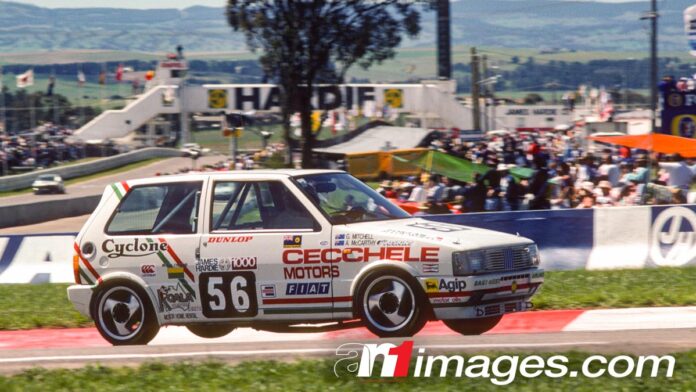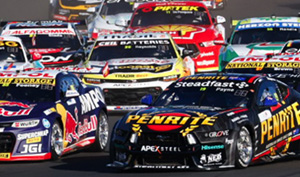The 1980s. It was a decade that brought fluoro colours to our fashion, Top Gun to our cinemas, Walkmans to our ears, the America’s Cup to our shores… and a smattering of oddball entries to our Great Race!
While the Bathurst 1000 has now long been the domain of five-litre V8s only, the mix of classes in the 1980s – and the spanning of both the Group C and Group A eras – made for some unique Mountain efforts.
We take a look back at five of the most unusual cars to compete in the Great Race during the 1980s.
Audi 5+5
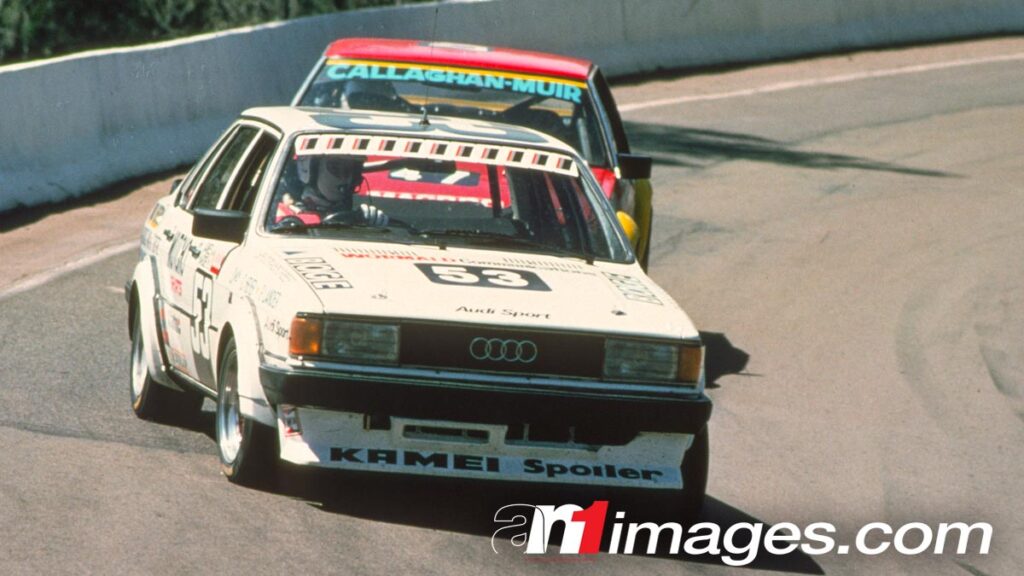
In 1982 this car became just the second Audi, and the first in 15 years, to tackle the Great Race, entered for Chris Heyer and co-driver Peter Lander with backing from Audi’s importer and assistance from Germany in the form of team manager Peter Steinmeyer.
Although the 2.2-litre, five-cylinder, front-wheel-drive 5+5 lacked the grunt of its top three-litre class rivals, the car had endurance credentials having completed a 24-hour reliability run at Surfers Paradise in 1981.
Heyer campaigned this car in four consecutive Bathurst 1000s from 1982 and finished every year, including a best outright result of 16th (fifth in class) on its debut.
Nissan Pulsar Exa
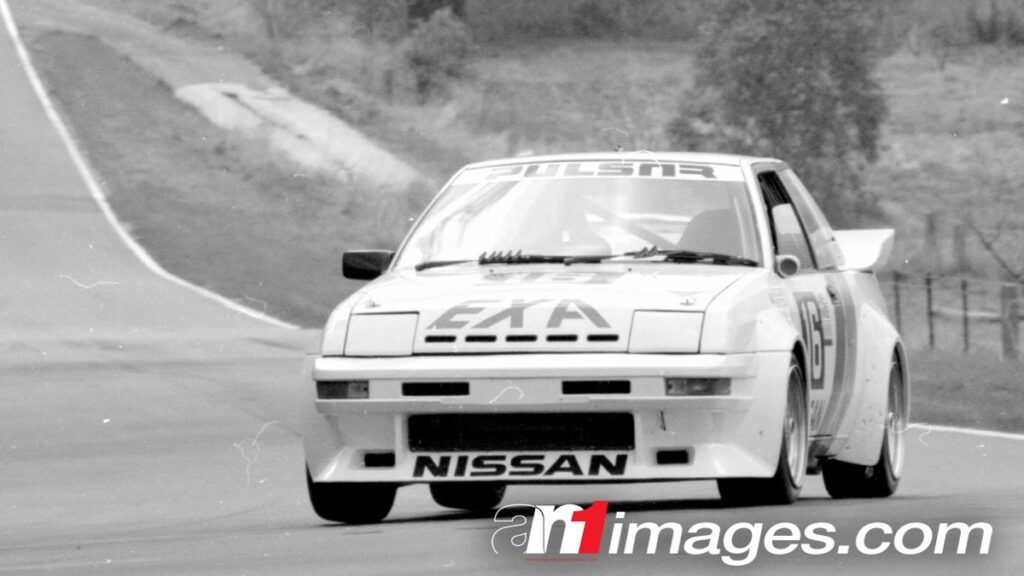
While its Bluebirds battled for outright honours, Nissan fielded this unusual beast for Christine Gibson and Bob Muir in the under three-litre class in 1983.
The combination of front-wheel-drive with a spool differential, no power steering and a turbocharged engine delivering around 300bhp made this car absolutely brutal on its drivers… and driveshafts!
Glenn Seton joined Gibson in the car for 1984 and detailed in his book, ‘Seto: The Official Racing History of Glenn Seton’, the difficulty of simply keeping the car on the track. It broke both years, anyway.
Fiat Uno
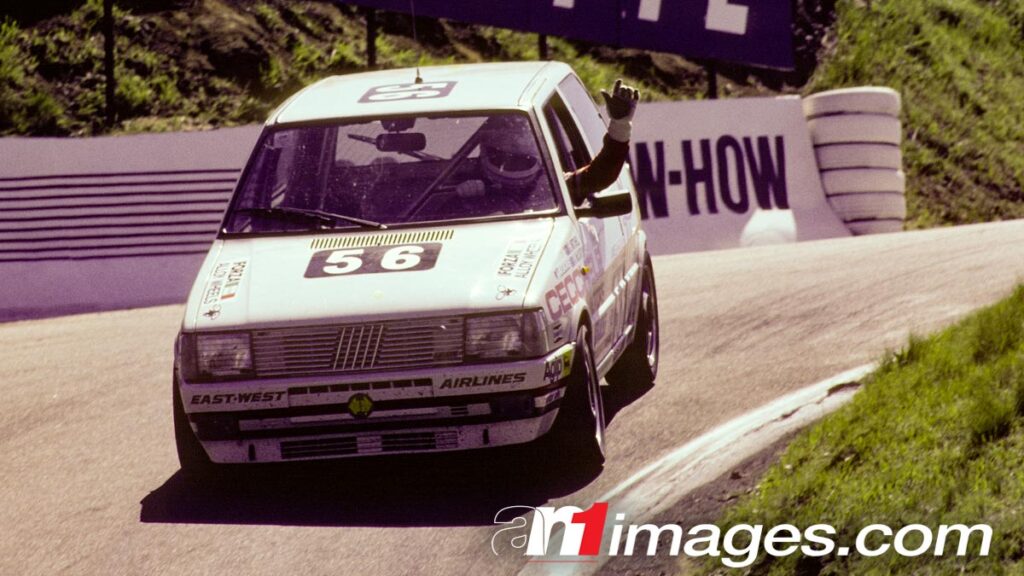
This tiny, 800kg, 200bhp Fiat was one of two Group A Uno Turbos brought to Australia by Fiat importer LNC Industries and sold to Perth dealer Frank Cecchele.
Both cars made the trek from Perth to Bathurst in 1986; a left-hand-drive race car and a right-hand-drive spare, which was required for plenty of spare parts during a litany of race-week reliability issues!
Drivers Gordon Mitchell and Allan McCarthy (who was a last-minute replacement for John Farrell) scraped into last place on the 59-car grid and made it through 110 race laps but were ultimately not classified.
Maserati Bi-Turbo
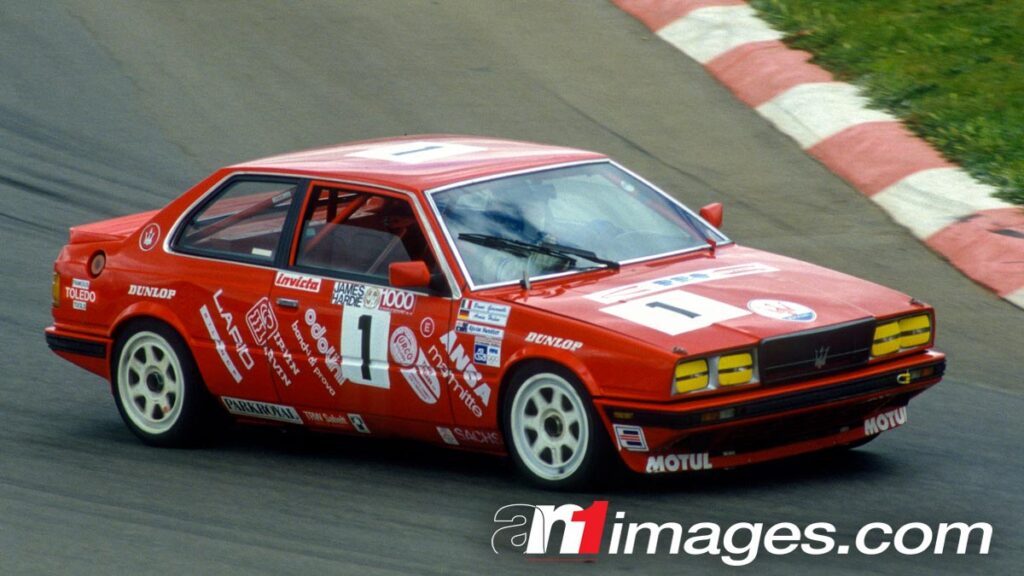
As far as factory-backed Bathurst entries go, they don’t come much more underwhelming and unusual than Maserati’s one-car effort in 1987 as part of its World Touring Car Championship program.
The car appeared strong on paper thanks to a 2.5-litre twin-turbo V6 engine, and there were two former Great Race winners among its driver line-up, Armin Hahne and Kevin Bartlett.
But the Maserati was both slow and unreliable. It qualified just 34th (with third driver Bruno Giacomelli not even quick enough to make the field) and retired from the race after just 29 laps with a broken axle.
Nissan Gazelle
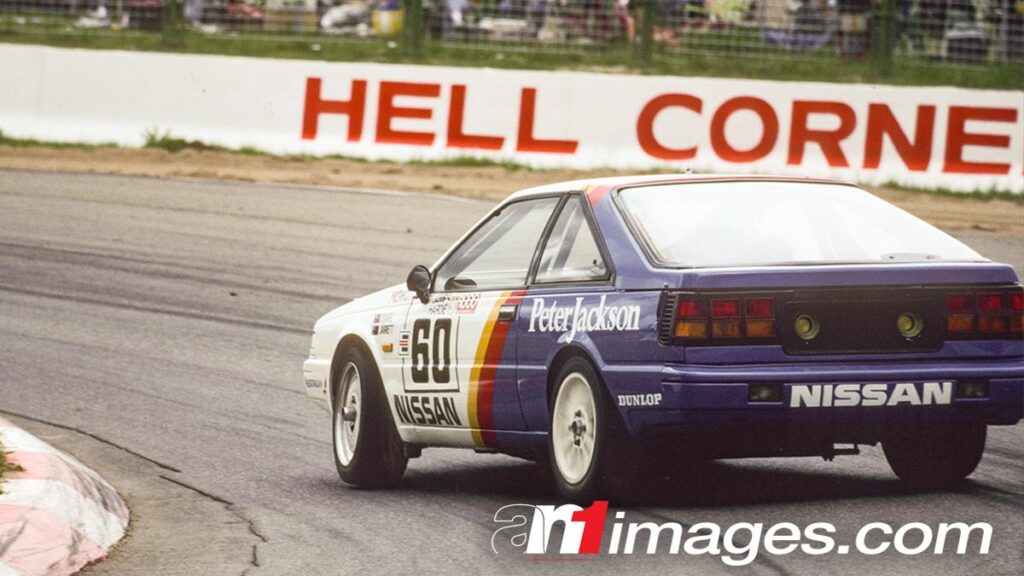
This two-litre Nissan Gazelle debuted in the ‘Great Race’ in 1986 in the hands of John Giddings/Bruce Stewart and, unlike others on this list, was a competitive car, finishing second in class.
It was acquired by the Nissan team for Mark Skaife to drive in 1987. He won the 2-litre ATCC title and then made his Bathurst debut in the car, albeit only after he wore co-driver Grant Jarrett’s helmet in qualifying to ensure both drivers made the cut!
The Gazelle stood no chance of a class win at Bathurst that year though as, under the World Touring Car Championship’s class splits, it was pitted against the BMW M3 and Alfa Romeo 75 Turbo in the 1601-2500cc division, and it never returned to the Mountain.


